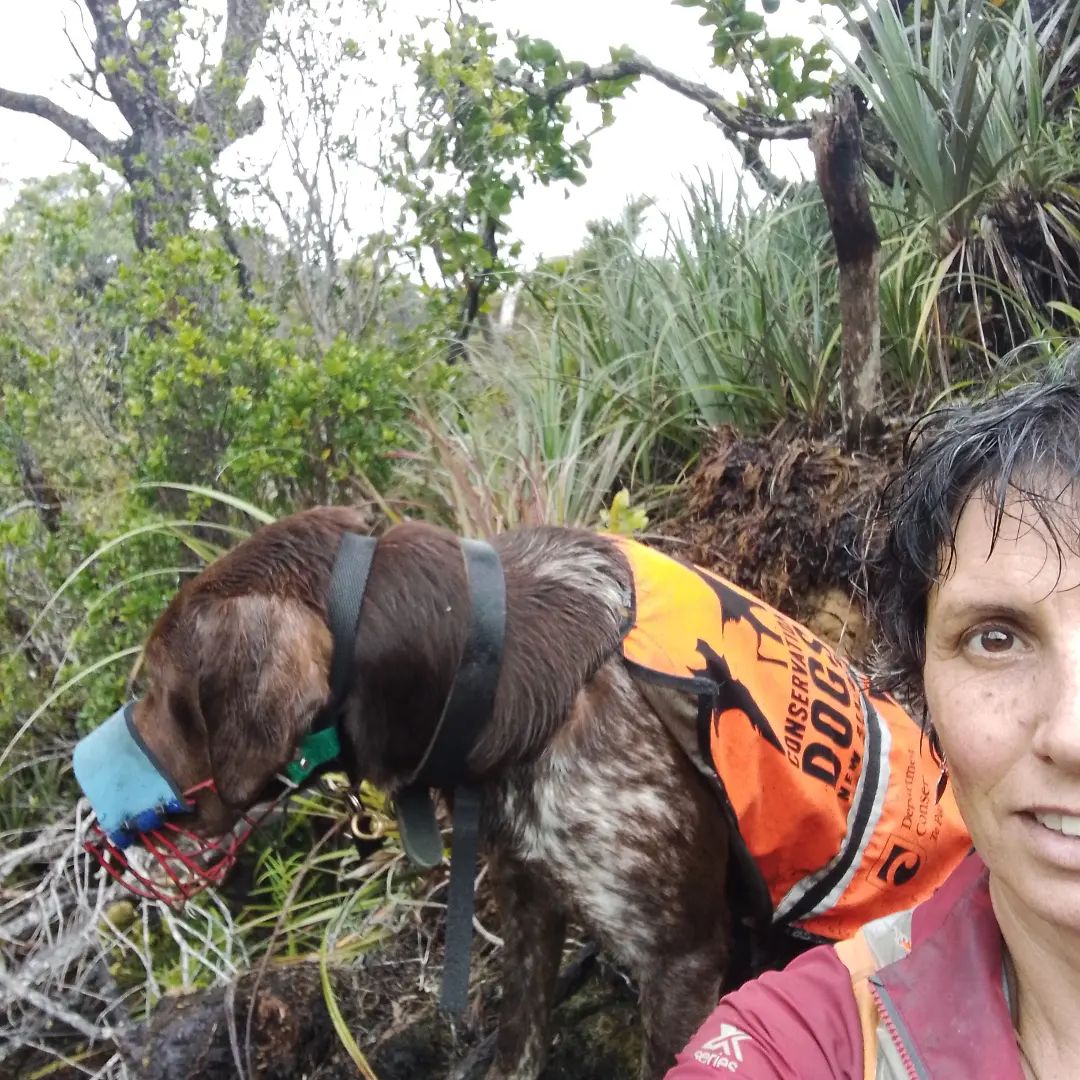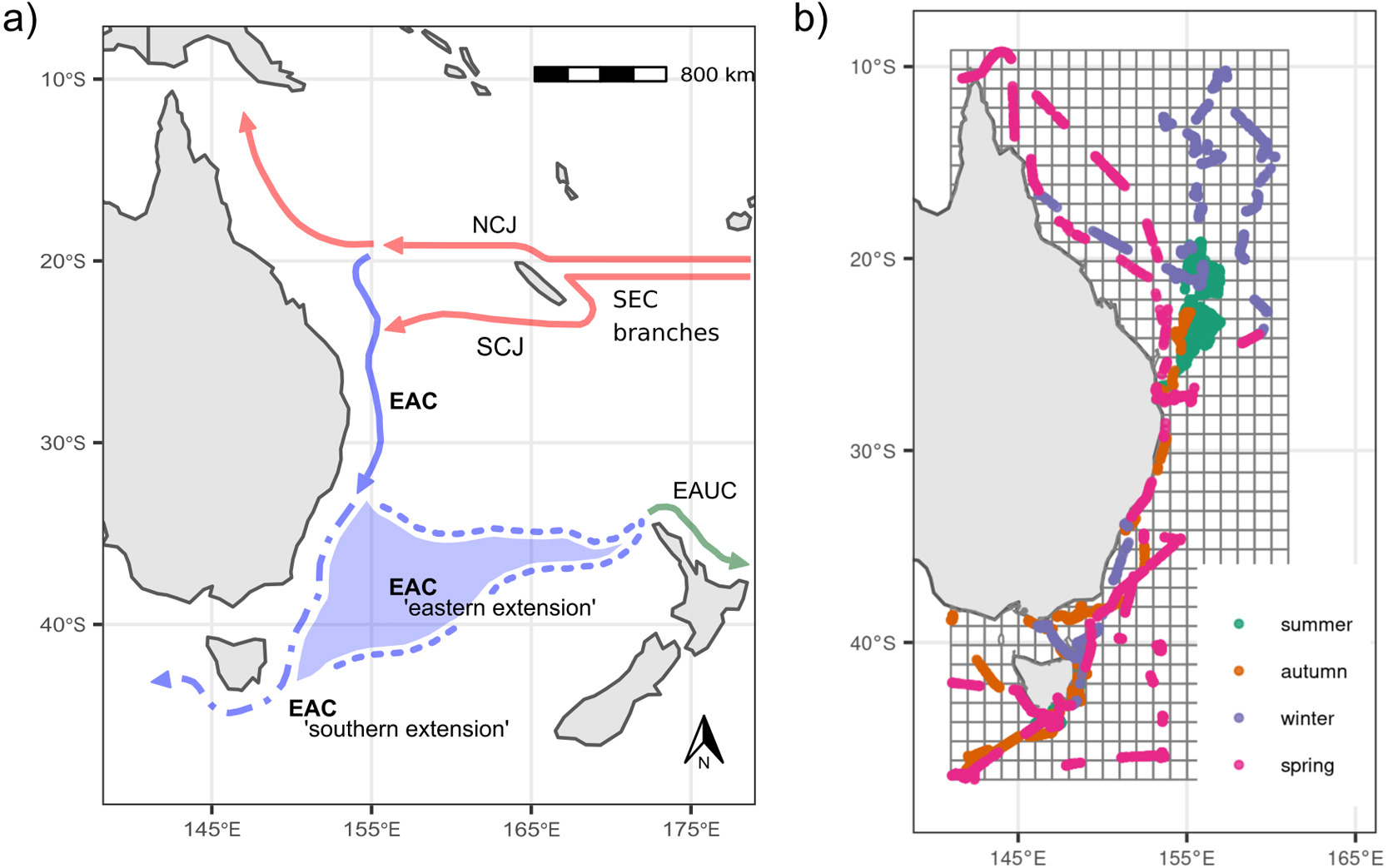 Figure 1 from the paper: Study area showing the main ocean currents (a), and seabird records made by season on top of the 1°latitude 1°longitude grid cells (b). In (a), the East Australian Current (EAC) system is highlighted with its acronyms in bold and drawn in blue. The South Equatorial Current (SEC) and its branches, the North Caledonian Jet (NCJ) and South Caledonian Jet (SCJ), are drawn in red. The EAC ’eastern extension’ is an eddy field (blue shaded area) often called the ’Tasman Front’, from which the East Auckland Current originates (EAUC, in green).
Figure 1 from the paper: Study area showing the main ocean currents (a), and seabird records made by season on top of the 1°latitude 1°longitude grid cells (b). In (a), the East Australian Current (EAC) system is highlighted with its acronyms in bold and drawn in blue. The South Equatorial Current (SEC) and its branches, the North Caledonian Jet (NCJ) and South Caledonian Jet (SCJ), are drawn in red. The EAC ’eastern extension’ is an eddy field (blue shaded area) often called the ’Tasman Front’, from which the East Auckland Current originates (EAUC, in green).
Nicholas W. Daudt (Department of Marine Science, University of Otago, Aotearoa, New Zealand) and colleagues have published open access in the journal Progress in Oceanography on the identification of two distinct seabird assemblages and their susceptibility to changing environmental conditions.
The paper’s abstract follows:
“Identifying species assemblages helps understand the relationship between organisms and their environment. Assemblages can be used to predict biological changes caused by environmental perturbations, and are thus essential surrogates to monitor biodiversity. In this study, to identify and describe seabird assemblages, we used 15 at-sea ship-based survey data sets collected over 37°of latitude off eastern Australia, from 2016 to 2021. We fitted seasonal Region of Common Profile (RCP) mixture models, for two types of data (presence–absence and abundance). RCP groups are defined as regions where the probability of encountering a particular species profile is constant within regions, but different amongst them. These groups also vary according to covariates, which in our case included oceanographic, climatic, and physiographic parameters. Results were based on 142,646 seabirds recorded from 80 species, including albatrosses, petrels, prions, shearwaters, boobies, and terns, among other taxa. All models suggested two macro-scale assemblages (‘northern’ and ‘southern’), except for the autumn presence–absence model that identified three groups. The model results consistently show a biogeographic transition at 34°S, near the latitude at which the East Australian Current (EAC) separates from the Australian continental slope. Sea surface temperatures or sea surface salinities were selected in all final models, further indicating a close relationship between seabird assemblages and water masses. Results from both data types, presence–absence and abundance, resulted in similar spatial and species profile patterns. RCP models clearly identified two seabird assemblages off the east coast of Australia, suggesting the persistence of these groups at seasonal and macro spatial scales. Given the ongoing poleward intensification that the EAC is experiencing, which is projected to continue over the next century, and its importance in influencing the distributions of seabirds, the methods applied in our study could be replicated to assess possible changes in seabird assemblages and how they are affected by changing environmental conditions.”
Reference:
Daudt, N.W., Woehler, E. J., Schofield, M. R., Smith, R. O., Bugoni, L., Rayment, W. J. 2024. Seabird assemblages are linked to the major western boundary current off eastern Australia. Progress in Oceanography. Vol. 23. https://doi.org/10.1016/j.pocean.2024.103215
12 April 2024

 English
English  Français
Français  Español
Español 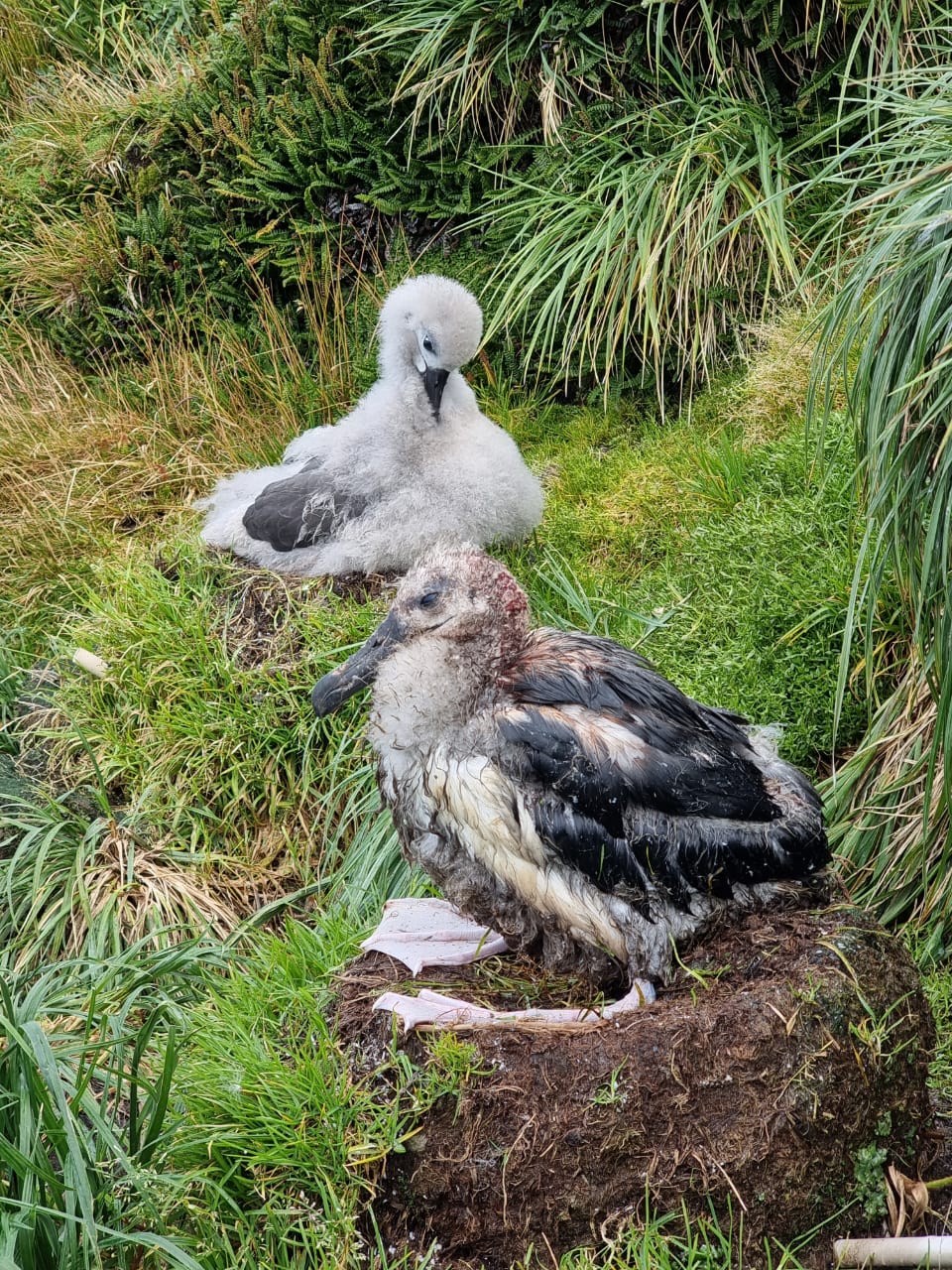 A badly wounded Grey-headed Albatross chick that will not survive the onslaught by Marion Island’s House Mice, 17 March 2024
A badly wounded Grey-headed Albatross chick that will not survive the onslaught by Marion Island’s House Mice, 17 March 2024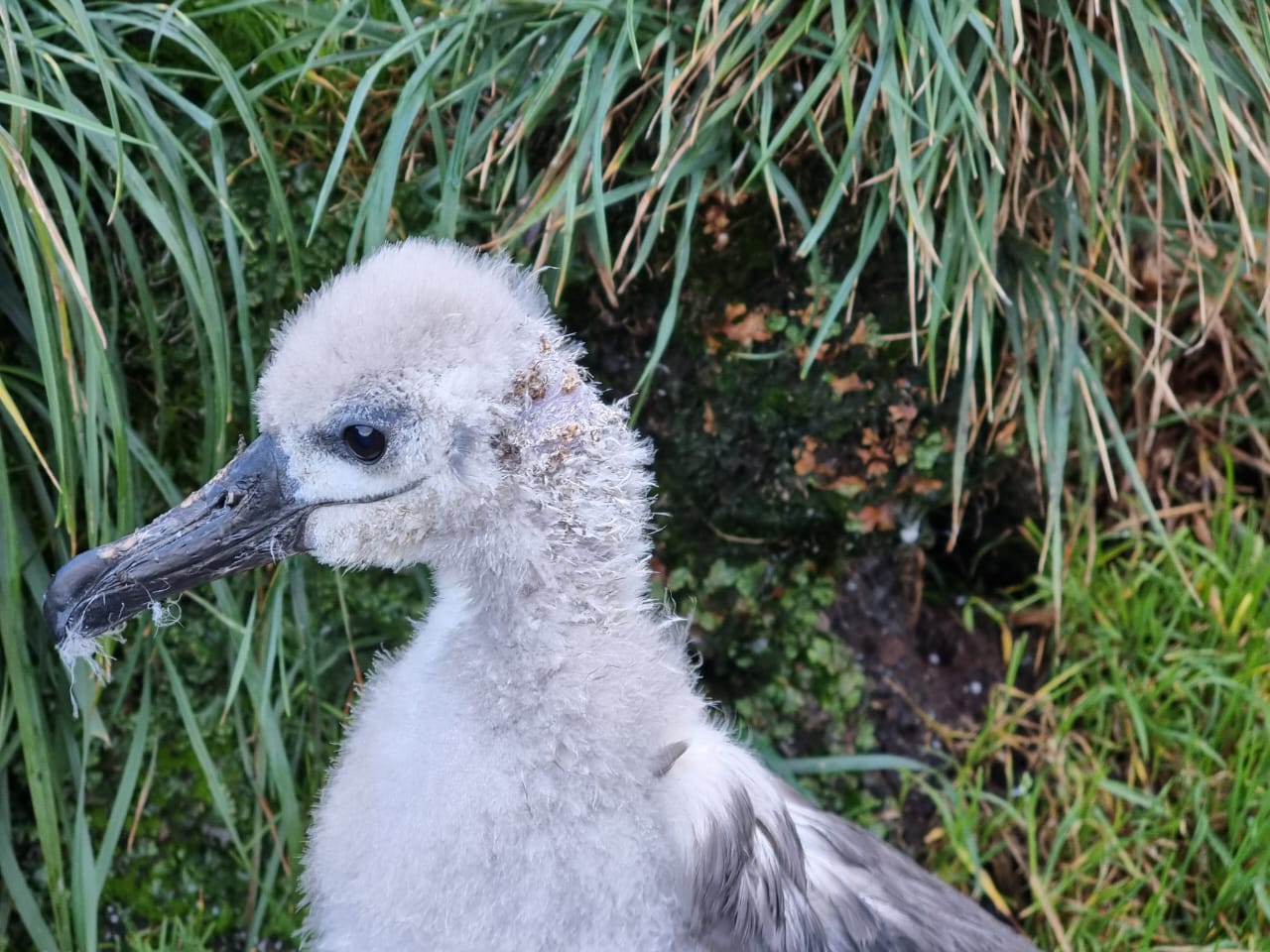
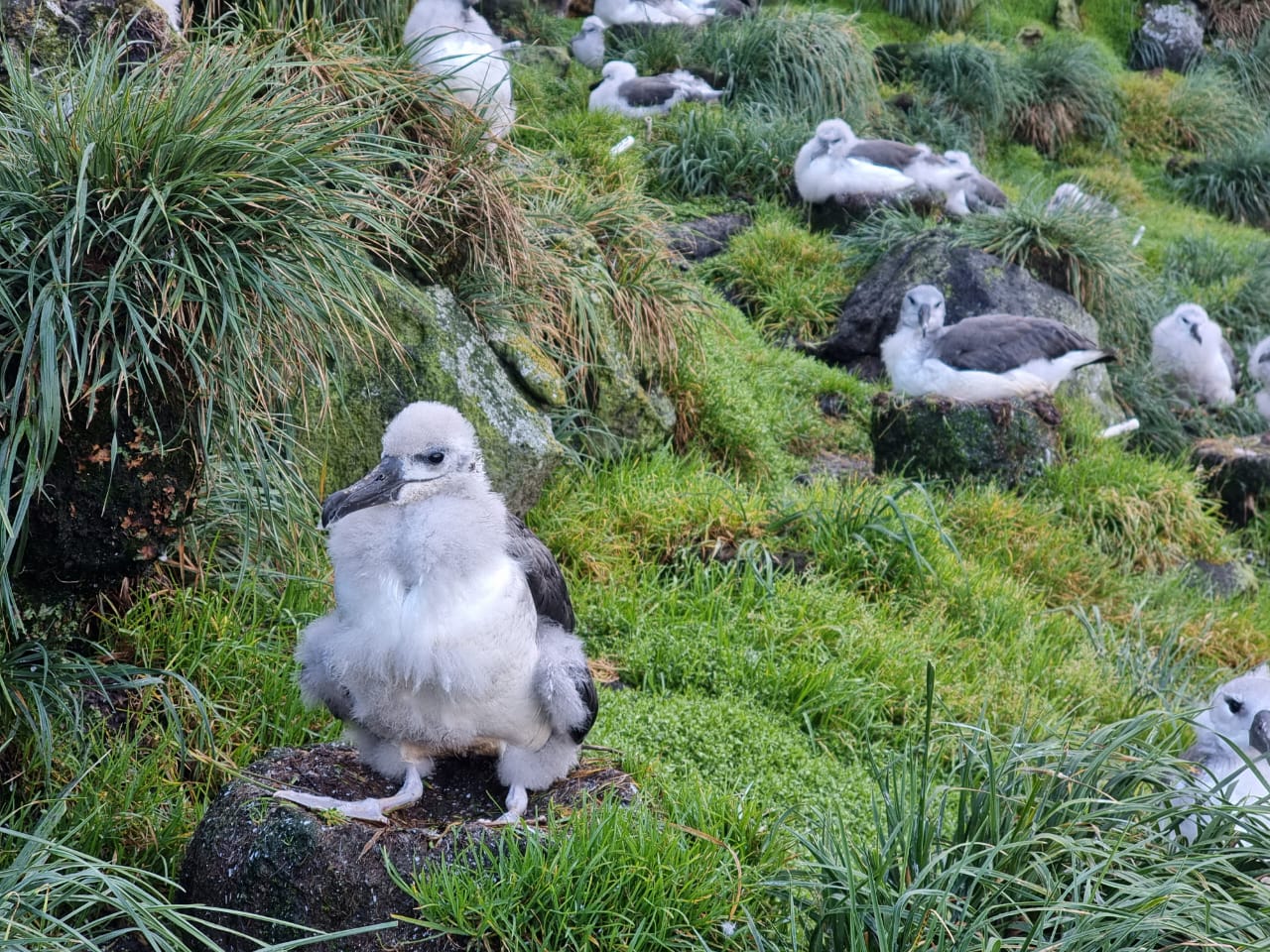
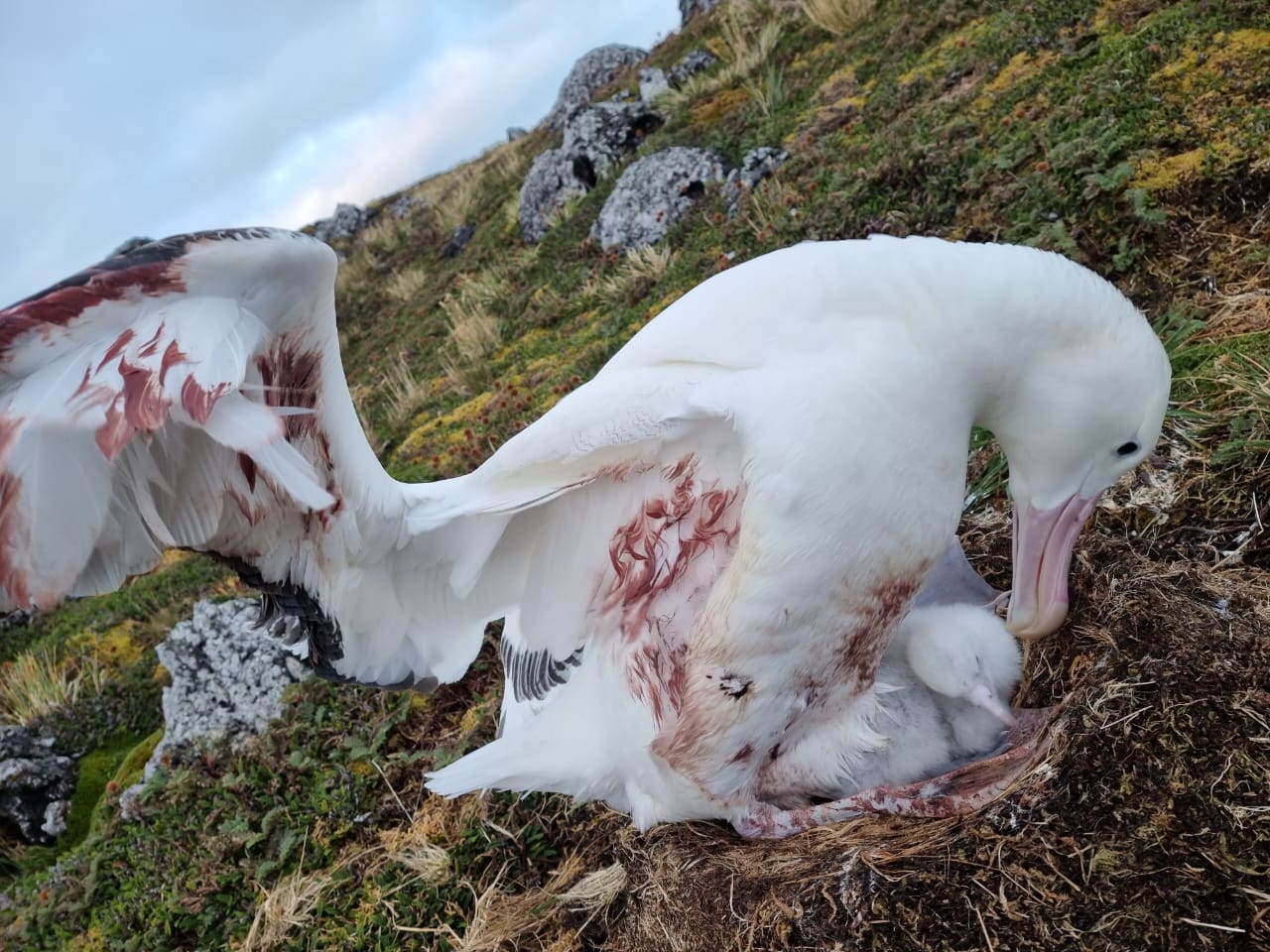
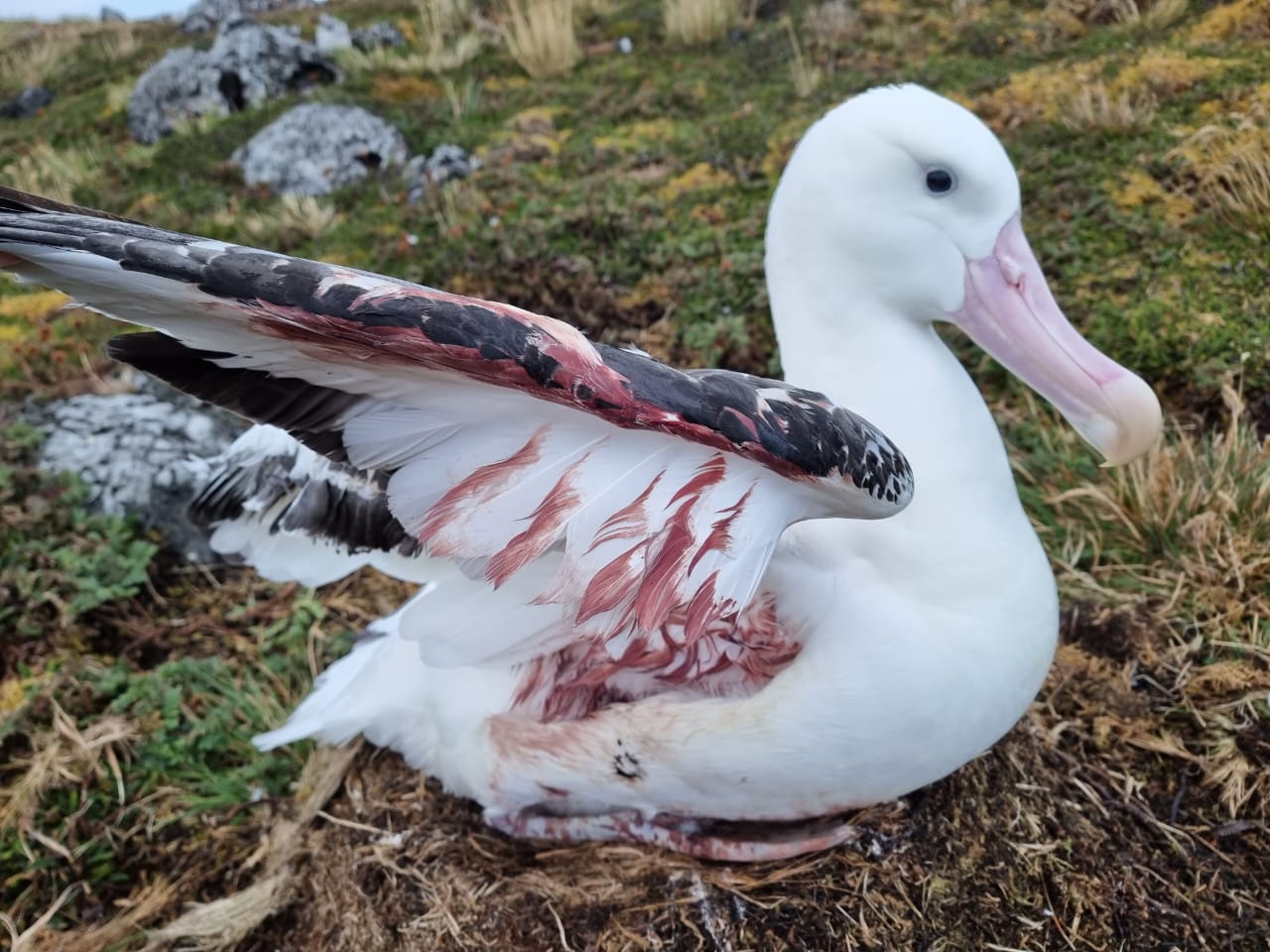
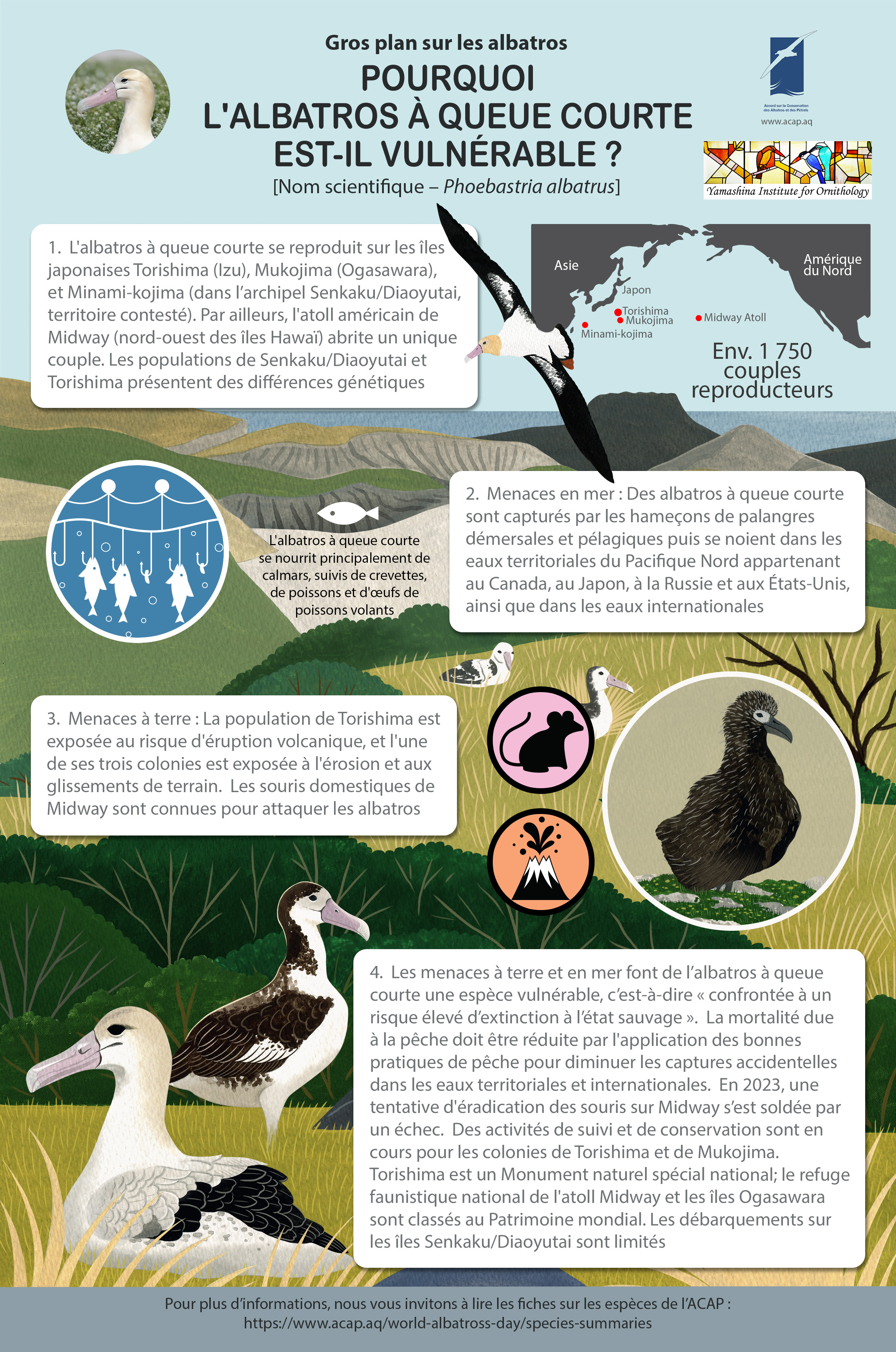


 Woody, the Department of Conservation's Stoat-hunting dog, was deployed to Great Barrier Island, photograph by the Auckland Council (
Woody, the Department of Conservation's Stoat-hunting dog, was deployed to Great Barrier Island, photograph by the Auckland Council (